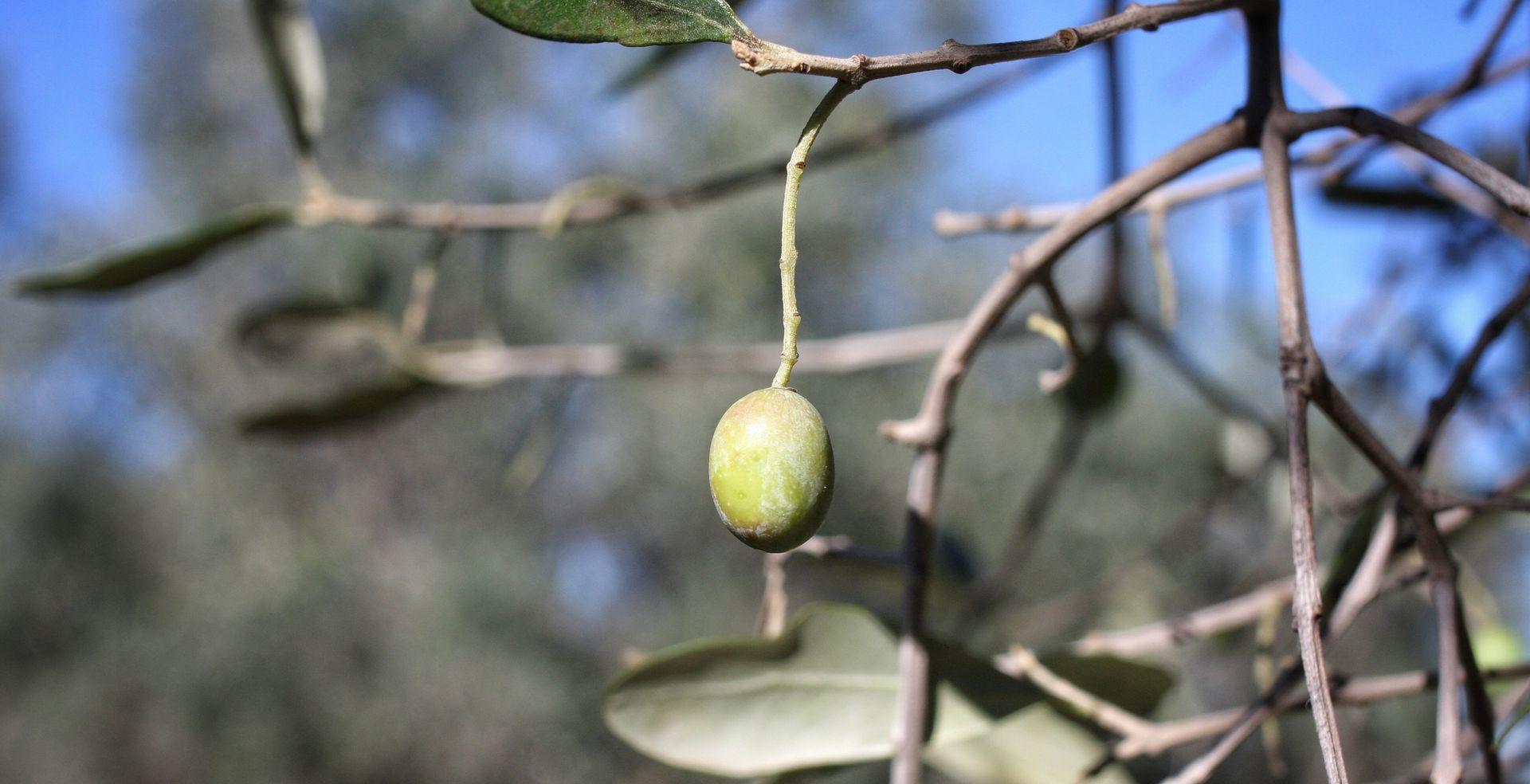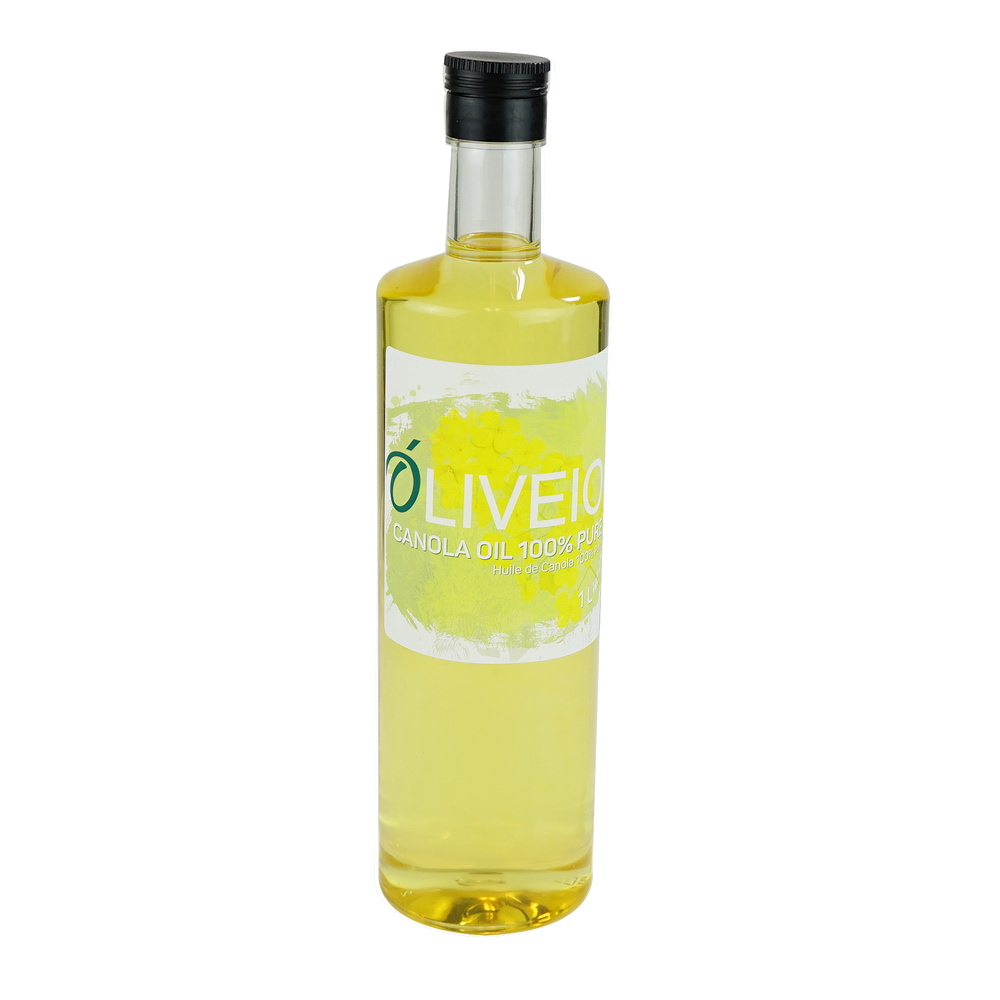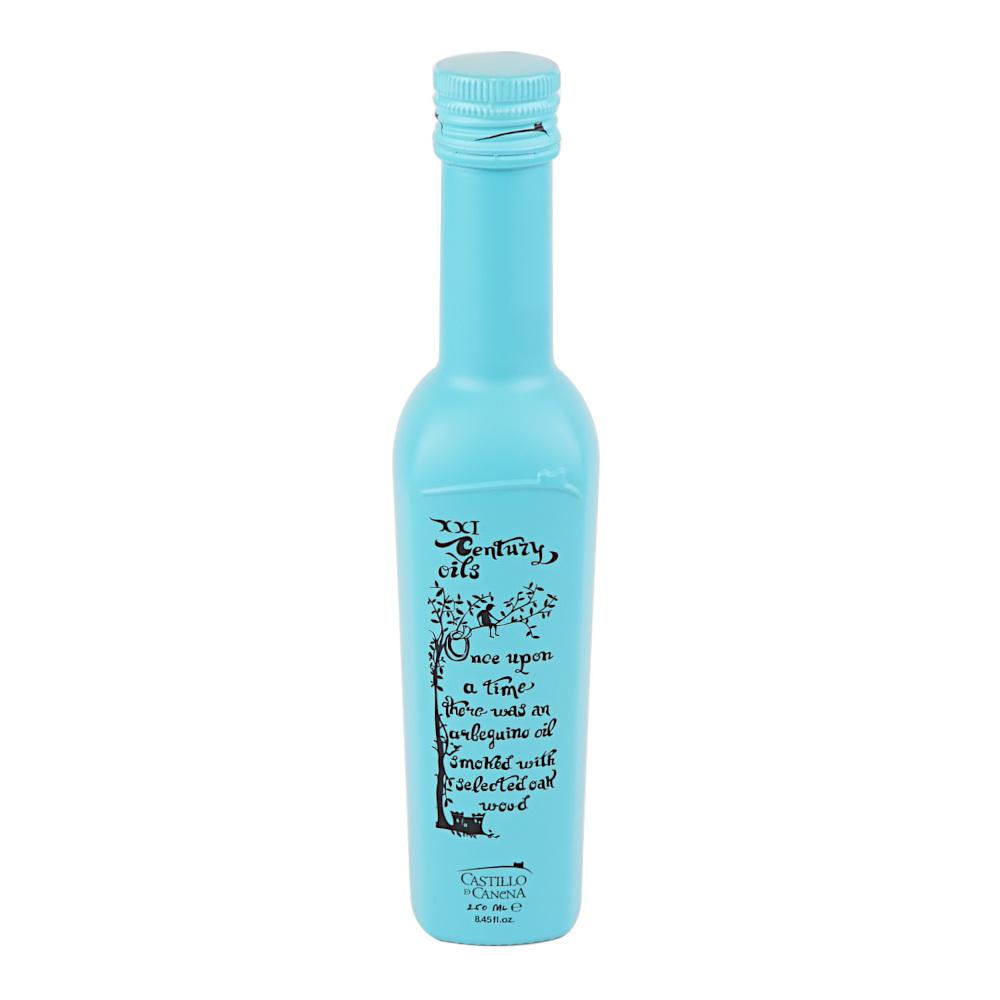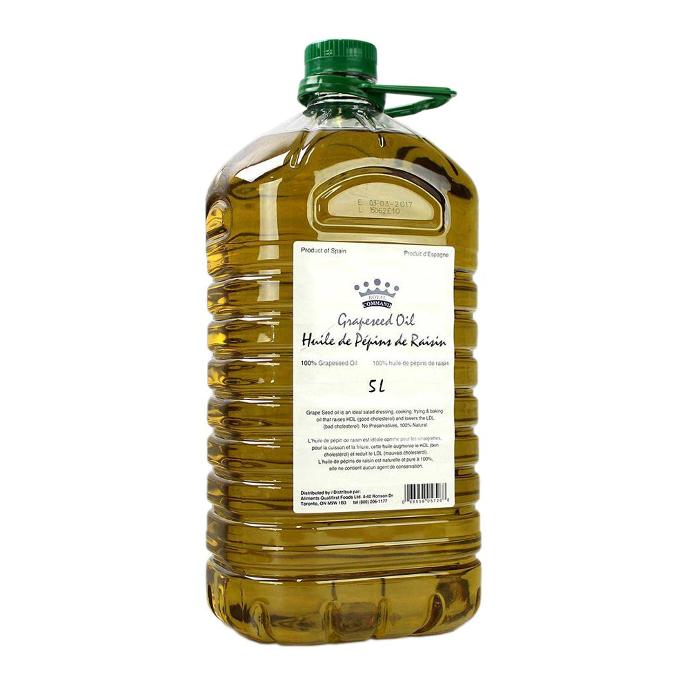The realm of olive oil is experiencing subtle but impactful changes. This beloved staple, essential to culinary arts and home kitchens alike, has recently been subject to shifts that demand our attention. Let’s examine the evolving dynamics of this situation and their broader implications.
The Nature Of The Crisis
The olive oil industry, a symbol of culinary heritage and agricultural prowess, faces an unprecedented challenge. Traditionally abundant regions that cradle olive trees in their warm embrace are now confronting the stark reality of diminished yields. Let's delve into the intricacies of this distressing trend and unearth the factors at play.

Historically, countries like Spain, Italy, and Greece have been the bastions of olive oil production, with their groves producing their liquid gold that’s revered across the globe. However, a confluence of climatic challenges has begun to erode this stronghold. Unseasonably warm winters, coupled with hot, dry summers, have disrupted the delicate balance required for olive trees to flourish. These climatic extremes have been accompanied by unexpected frosts and destructive diseases, further compounding the problem.

Reports Alarming Decline In Olive Oil Production
Recent reports point to stark statistics: a significant drop in the EU’s olive oil production is expected, as forecasted in industry analyses, with some experts predicting some of the lowest outputs in recent history. This decline is not an isolated phenomenon; it’s a symptom of broader environmental shifts that are reshaping agricultural patterns and threatening the supply of this essential culinary staple.
The Domino Effect of Declining Production
The scarcity of a high-demand commodity like olive oil inevitably leads to price inflation. This crisis has catalyzed a ripple effect that touches every link in the olive oil supply chain. Farmers grappling with the health of their trees and the quality of their harvest must now navigate an increasingly volatile market. Producers and exporters face tightened margins and the challenge of meeting global demand. In the midst of this, the shadow of adulteration looms large, with unscrupulous actors looking to capitalize on the situation by introducing inferior, and sometimes fraudulent, products into the market.
The decline in olive oil production is a clear indicator of wider environmental changes that are affecting agriculture globally. Changes in climate, such as unusual temperature fluctuations and unexpected weather, are challenging traditional farming methods. These environmental shifts are not only making it harder to grow olives but are also threatening the stability of olive oil supply that kitchens around the world rely on. This situation could ver well be more than a temporary setback; potentially signifying a serious shift that could reshape the landscape of olive oil production for years to come.
The Consequence For
Our Dinner Tables
The repercussions of this decline reverberate far beyond the groves. In restaurants, the sizzle of olive oil in the pan carries a different weight now, bearing the brunt of increased costs. Chefs and restaurateurs are recalibrating, seeking alternatives without sacrificing their dish’s integrity. For consumers, the grocery aisle has become a place of scrutiny and caution. The price tags on olive oil bottles inch upwards, prompting a reconsideration of this kitchen staple. A viable solution for many is the use of cheaper oils, which have a neutral flavour, but are commonly used for cooking.
Explore our cost-effective alternatives to olive oil with canola and grapeseed oils, each offering unique benefits for diverse cooking needs:

Canola Oil 1L
Canola oil features a high smoke point, ideal for frying and baking. Its neutral taste ensures it doesn’t overshadow the flavors of your dishes, making it a versatile choice for a wide range of recipes.
While cost is a significant factor, there’s a deeper issue at play—purity. The market has seen an uptick in adulterated olive oils, often diluted with less expensive seed oils. This not only affects taste and quality but also raises health concerns, as these fillers do not offer the same benefits as pure olive oil. If you are a consumer of olive oil, unsure of its purity, there is a test that may indicate whether you are consuming the real deal. For example, extra virgin olive oil solidifies in cold temperatures, unlike many seed oils, so they should solidify in the fridge (if your fridge is cold enough). There are a couple of strategies you can use in order to make sure your olive oil is of the highest quality.
Extra Virgin ≠
"Pure" or "Light"
These OOs have higher smoke points, so they can be useful in cooking, but they are not the same level of quality as Extra Virgin OOs
A Dark Bottle
Sunlight degrades the quality of olive oil, so producers who care about OO quality will protect it.
Taste Test
Your olive oil should have a fruity taste at the start, with a peppery of fruity finish. You will learn to recognize the taste of a good olive oil, and start appreciating how common rancid olive oils are.
The Cold Test
Most Olive Oils will solidify under cold temperatures. It won't harm the olive oil, so don't worry!
Consider These Extra Virgin OO Options

Extra Virgin Arbequina Olive Oil 750L
This olive oil is a single estate, single variety olive oil made from hand-picked olives grown from Arbequina trees in eastern Andalusia (Spain). It is produced to the exceptionally high Castelanotti standards.

Extra Virgin Olive Oil 1L
Mueloliva extra virgin oil is one of the most versatile workhorse ingredients of any kitchen. Mild enough to dress up a salad or add a silky finish to a simple soup, the oil also has a high enough smoke point to use it for lightly frying fish, eggs, and vegetables.

Smoked Arbequina Olive Oil 250mL
Smoked Arbequina Olive Oil is a blend of fresh and velvety rich Extra Virgin Olive Oil infused with 100% natural produced smoke from a mix of Organic wood: Oak, Birch and Beech.
Navigating the New Norm: Olive Oil’s Evolving Landscape
As we have journeyed through the olive oil crisis, it is clear that the challenges we face are not insurmountable. The food ndustry is no stranger to adversity, and like the resilient olive tree, it must adapt and persevere through difficult conditions.
This is a time for solidarity within the food community—a time to support trusted suppliers, champion authentic products, and educate ourselves on the value and versatility of alternative oils. By embracing change and confronting these issues with knowledge and foresight, we can continue to craft exquisite meals that resonate with our diners’ palates and expectations.
The path forward may be uncharted, but it is ripe with potential. Together, with a commitment to quality and a spirit of adaptability, we can weather this olive oil crisis and emerge with a deeper appreciation for the art of cooking and the ingredients we use.







